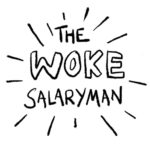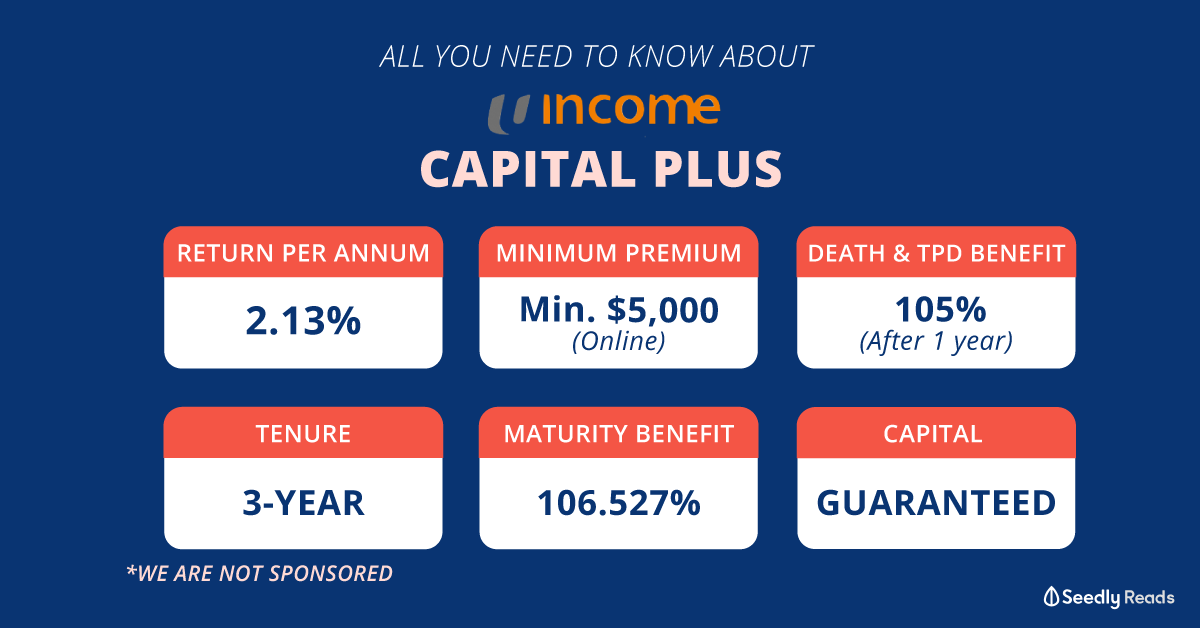Let's evaluate each option together and see which option is the most suitable one. =)
Endowment
Since the intention is to set aside some money for them one day, you should buy one plan for each kid. Otherwise, who is going to be the life insured for the single policy?
Next, you can consider to add the optional payor benefit rider - to waive the future premium payable upon the policyholder's death, total & permanent disability, or critical illness. In effect, this ensures that the plan won't be terminated should a covered event occurs to you.
As compared to CPF top-up, an endowment policy will provide more flexibility, e.g. coupon payment, partial withdrawal of bonuses, policy loan, (possibility of) shorter maturity period.
Generally, the longer the maturity period, the higher the yield. Despite that, most endowment policies consist on both guaranteed and non-guaranteed returns. In other words, your returns will depend on the performance of the insurer's participating fund. I will drop a link and leave the reading to you on how the participating fund works, and whether such plans are suitable for you.
Read More: What is a Participating Fund Singapore
CPF Top Up
Next, if you choose to top-up your own CPF account, then the monies will earn guaranteed returns in the respective accounts. For instance, monies in the CPF Special Account can earn up to 5% per annum.
It is important to realise that there is no flexibility for the monies in this account before your 55th birthday. Furthermore, any withdrawal will depend on whether you have met the prevailing Basic Retirement Sum, or Full Retirement Sum.
Of course, you may enjoy tax relief if you top-up your CPF account. This is certainly an additional perk as compared to getting an endowment policy for your children.
If you intend to top-up your own CPF account, then you must do a CPF nomination. Otherwise, the Public Trustee will distribute your CPF monies according to the Intestate Succession Act and your legal beneficiaries may not be your intended beneficiaries.
Read More: What is CPF Nomination Singapore
Finally, on the option of topping up your children's CPF account. If the purpose is to allow them to use the monies when the need arise one day, then this may not be the most ideal option. This is because of the limited uses before their 55th birthday (subject to the same rules, e.g. Full Retirement Sum). For example, they may use the monies in the CPF MediSave Account for medical needs only, rather than for a wedding or home renovation.
On the whole, it depends on the budget that you are setting aside for your children, and how far ahead you wish to plan for them. All in all, comprehensive financial planning helps you to exhaust and evaluate all the possible options so that you can pick the most suitable one for your needs.
I share quality content on estate planning and financial planning here.










Let's evaluate each option together and see which option is the most suitable one. =)
Endowment
Since the intention is to set aside some money for them one day, you should buy one plan for each kid. Otherwise, who is going to be the life insured for the single policy?
Next, you can consider to add the optional payor benefit rider - to waive the future premium payable upon the policyholder's death, total & permanent disability, or critical illness. In effect, this ensures that the plan won't be terminated should a covered event occurs to you.
As compared to CPF top-up, an endowment policy will provide more flexibility, e.g. coupon payment, partial withdrawal of bonuses, policy loan, (possibility of) shorter maturity period.
Generally, the longer the maturity period, the higher the yield. Despite that, most endowment policies consist on both guaranteed and non-guaranteed returns. In other words, your returns will depend on the performance of the insurer's participating fund. I will drop a link and leave the reading to you on how the participating fund works, and whether such plans are suitable for you.
Read More: What is a Participating Fund Singapore
CPF Top Up
Next, if you choose to top-up your own CPF account, then the monies will earn guaranteed returns in the respective accounts. For instance, monies in the CPF Special Account can earn up to 5% per annum.
It is important to realise that there is no flexibility for the monies in this account before your 55th birthday. Furthermore, any withdrawal will depend on whether you have met the prevailing Basic Retirement Sum, or Full Retirement Sum.
Of course, you may enjoy tax relief if you top-up your CPF account. This is certainly an additional perk as compared to getting an endowment policy for your children.
If you intend to top-up your own CPF account, then you must do a CPF nomination. Otherwise, the Public Trustee will distribute your CPF monies according to the Intestate Succession Act and your legal beneficiaries may not be your intended beneficiaries.
Read More: What is CPF Nomination Singapore
Finally, on the option of topping up your children's CPF account. If the purpose is to allow them to use the monies when the need arise one day, then this may not be the most ideal option. This is because of the limited uses before their 55th birthday (subject to the same rules, e.g. Full Retirement Sum). For example, they may use the monies in the CPF MediSave Account for medical needs only, rather than for a wedding or home renovation.
On the whole, it depends on the budget that you are setting aside for your children, and how far ahead you wish to plan for them. All in all, comprehensive financial planning helps you to exhaust and evaluate all the possible options so that you can pick the most suitable one for your needs.
I share quality content on estate planning and financial planning here.